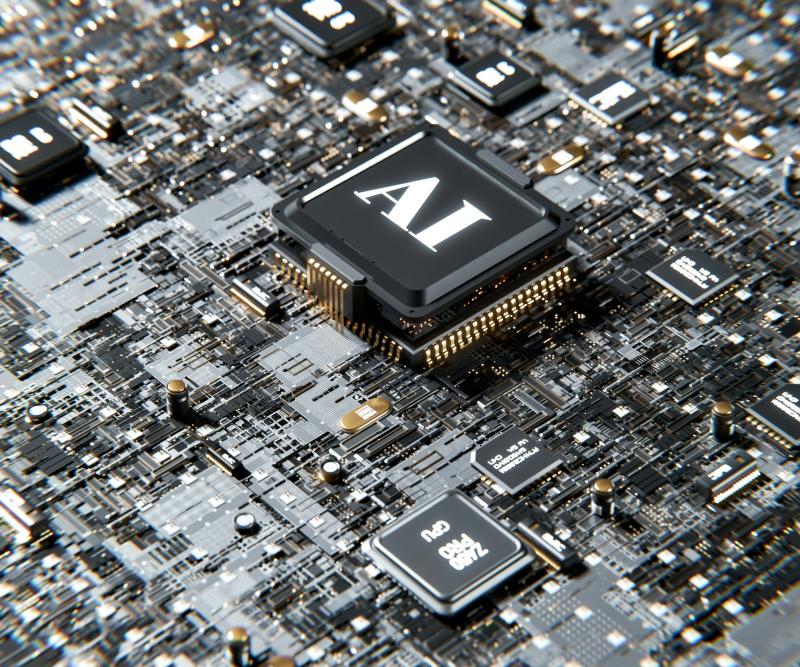Use Cases of AI in Predictive Maintenance

Artificial Intelligence (AI) has revolutionized industries around the world. As amazing as that realization may be, we must remember that it is not news either. Anyway, one key area where AI's impact has been particularly interesting is maintenance. Currently, among the most compelling applications of AI in the market is predictive maintenance. You see, AI powered predictive maintenance solutions can analyze massive amounts of data from sensors and other sources. To what end? Well, to detect early signs of degradation and forecast future failures. There is no denying that predictive maintenance differs significantly from traditional reactive maintenance. Nonetheless, the fact remains that predictive maintenance stands to help organizations in new ways. For example, it can be put to work to schedule maintenance tasks in advance. This reduced unplanned downtime. Businesses that use AI powered predictive maintenance can significantly improve operational efficiency and lower maintenance costs.
As AI advances, we can expect even more powerful predictive maintenance solutions. Till then, allow me to walk you through some of the most interesting use cases of AI for predictive maintenance.
What Is Referred To As Predictive Maintenance?
It is a proactive approach to equipment maintenance. The primary idea behind this approach is to anticipate potential failures before they occur. Predictive maintenance analyzes real time sensor data and historical performance information to identify patterns and anomalies. The kind that may indicate impending equipment failure. Organizations can, then, reduce unplanned downtime and optimize resource allocation by proactively scheduling maintenance tasks based on potential failures.
How Modern Organizations Are Using AI for Predictive Maintenance?
- Asset health score: AI algorithms can analyze a wide range of data points. This can include vibration data and pressure measurements. This is done to determine an asset's overall health. Such constant monitoring of these parameters allows AI to assign a health score to each asset. A higher health score indicates peak performance, whereas a lower score suggests potential problems. This, consequently, allows organizations to prioritize maintenance tasks and allocate resources more effectively.
- Energy efficiency optimization: AI technology can also be leveraged to optimize energy consumption. This can be done by analyzing past usage patterns and identifying areas for improvement. Such tools can also forecast energy demand and even optimize equipment schedules. For this, the AI powered tools make use of machine learning algorithms. All of this can result in significant cost savings as well as reduced environmental impact.
- Root cause analysis: It is a given that machinery and equipment will fail. So, when it does fail, AI can quickly identify the underlying cause. How? By analyzing historical data and maintenance records among other things. But what purpose does identifying the root cause serve? Quite an important purpose, I must note. It empowers organizations to take corrective action to avoid similar failures in the future, significantly reducing downtime.
- Predictive failure analysis: Yet another compelling way to leverage AI to conduct predictive maintenance is to use it to, you know, predict potential equipment failures. To do that, AI powered tools will analyze both historical and real time sensor data. The identification of patterns and anomalies helps AI to forecast the likelihood of failure and recommend proactive maintenance. This enables organizations to schedule maintenance tasks at optimal times, reducing unplanned downtime while increasing equipment uptime.
- Prescriptive maintenance: AI can make specific recommendations for maintenance tasks such as optimal maintenance intervals and spare part replacements. Additionally, it can use ML algorithms to analyze data to determine the best course of action for each asset.
Final Words
Predictive maintenance driven by AI is completely changing how businesses manage their assets. Businesses can transition from reactive to proactive maintenance techniques by using data-driven insights to maximize resource allocation and reduce downtime. We may expect even more advanced solutions to improve energy efficiency and asset performance as this technology develops. In addition to reducing expenses, predictive maintenance promotes long-term operational sustainability and sets businesses up for future success in a market that is becoming increasingly competitive. Folks, that sums up some of the most exciting uses of predictive maintenance by utilizing AI. What are you waiting for, then? Go and start looking for a trusted AI development services vendor ASAP.

Comments